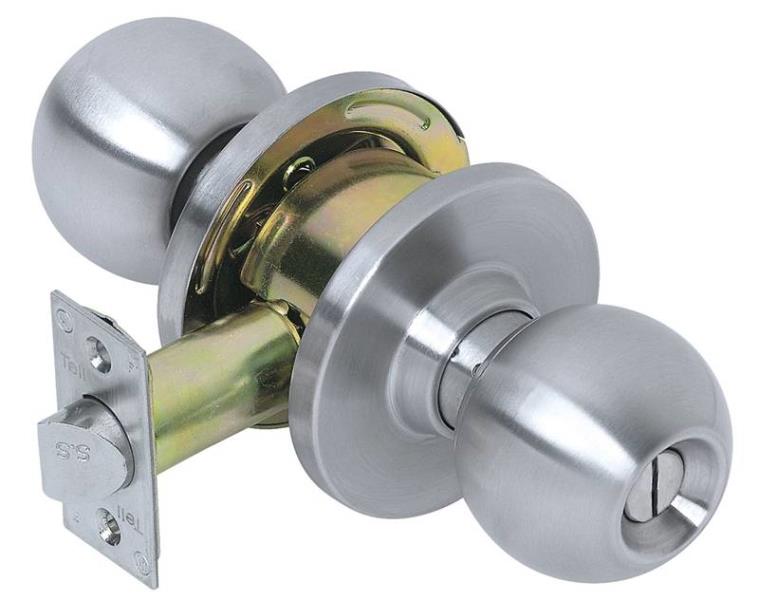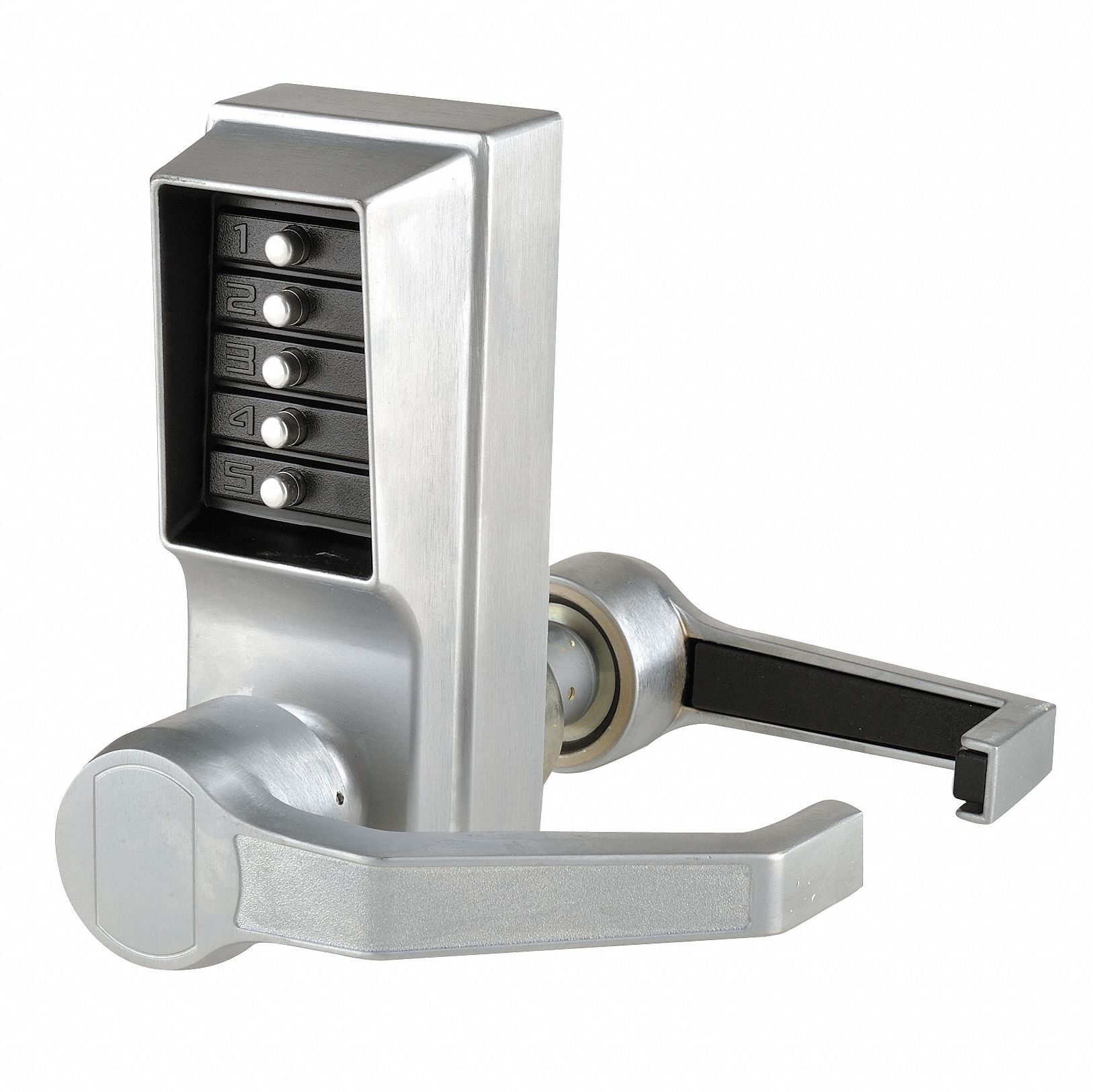Push Pin Bathroom Door Lock

Push pin bathroom door locks, a ubiquitous fixture in modern homes, have undergone a significant evolution, driven by the constant pursuit of enhanced security and improved functionality. This journey has witnessed the emergence of diverse lock types, materials, and mechanisms, each catering to specific needs and preferences. This comprehensive overview delves into the fascinating world of push pin bathroom door locks, exploring their history, intricacies, and the factors that contribute to their effectiveness.
Evolution of Push Pin Bathroom Door Locks
The evolution of push pin bathroom door locks is a testament to the ingenuity and innovation in the realm of home security. Early push pin locks were simple and basic, often relying on a single pin mechanism to secure the door. However, with the rise of security concerns and the desire for more sophisticated locking systems, these locks have undergone significant advancements. One notable development was the introduction of multi-pin mechanisms, which significantly enhanced security by making it more difficult for intruders to bypass the lock. Additionally, the integration of features like deadbolts and latch mechanisms further strengthened the locking system, providing greater resistance against forced entry attempts.
Types of Push Pin Bathroom Door Locks
Push pin bathroom door locks are available in a wide variety of types, each with its own unique mechanism, advantages, and disadvantages. Understanding these differences is crucial for selecting the most suitable lock for your specific needs.
Types of Push Pin Bathroom Door Locks
- Standard Push Pin Locks: These locks feature a simple push pin mechanism that engages with a latch to secure the door. They are typically found in budget-friendly bathroom door sets and are easy to install and use. However, they offer limited security, making them susceptible to forced entry attempts.
- Deadbolt Push Pin Locks: These locks incorporate a deadbolt mechanism, which adds an extra layer of security. When engaged, the deadbolt extends into the door frame, making it significantly harder to force the door open. This type of lock is considered more secure than standard push pin locks and is suitable for applications where enhanced security is desired.
- Privacy Push Pin Locks: These locks are designed for privacy and are commonly found in bedrooms and bathrooms. They feature a mechanism that allows the door to be locked from the inside but not from the outside. This type of lock is ideal for situations where a user wants to prevent unwanted entry but still wants to be able to exit the room easily.
- Lever Handle Push Pin Locks: These locks feature a lever handle mechanism, which is easier to operate than a traditional knob. They are often preferred in homes with children or individuals with mobility issues. Lever handle push pin locks are available in both standard and deadbolt versions, offering a range of security options.
Materials Used in Push Pin Bathroom Door Locks
The material used in a push pin bathroom door lock plays a significant role in its durability, aesthetics, and price. Common materials include brass, stainless steel, and nickel, each offering distinct advantages and disadvantages.
Materials Used in Push Pin Bathroom Door Locks
- Brass: Brass is a durable and aesthetically pleasing material that is commonly used in push pin bathroom door locks. It is known for its resistance to corrosion and its warm, golden color. However, brass can be more expensive than other materials, such as stainless steel.
- Stainless Steel: Stainless steel is a highly durable and corrosion-resistant material that is often used in high-quality push pin bathroom door locks. It is known for its strength and its sleek, modern appearance. Stainless steel locks are typically more expensive than brass locks but offer superior durability and longevity.
- Nickel: Nickel is a durable and affordable material that is often used in push pin bathroom door locks. It is known for its resistance to corrosion and its shiny, silvery appearance. Nickel locks are typically less expensive than brass or stainless steel locks but may not be as durable.
Installation and Maintenance of Push Pin Bathroom Door Locks
Push pin bathroom door locks are a simple and affordable way to add privacy and security to your bathroom. They are easy to install and maintain, making them a popular choice for homeowners. This section will delve into the step-by-step process of installing a push pin bathroom door lock, provide valuable tips for maintaining its functionality, and address common problems associated with these locks, offering practical solutions for troubleshooting.
Installing a Push Pin Bathroom Door Lock
Installing a push pin bathroom door lock is a relatively straightforward process that can be completed with basic tools and a few simple steps.
Here’s a step-by-step guide:
- Gather the necessary tools. You will need a screwdriver, a pencil, a measuring tape, and a drill with a drill bit that matches the size of the screws included with your lock.
- Determine the location for the lock. The lock should be installed at a height that is comfortable for you to use. Most people prefer to install the lock at a height of approximately 36 inches from the floor.
- Mark the location for the lock. Use a pencil to mark the location of the lock on the door. Ensure that the mark is centered and level.
- Drill pilot holes. Use the drill to drill pilot holes at the marked locations for the screws. The pilot holes should be slightly smaller than the screws to prevent the wood from splitting.
- Attach the lock. Align the lock with the pilot holes and secure it to the door using the provided screws.
- Test the lock. Once the lock is installed, test it to ensure that it functions properly. The lock should be easy to engage and disengage.
Maintaining a Push Pin Bathroom Door Lock
Regular maintenance is crucial for ensuring the smooth operation and longevity of your push pin bathroom door lock.
Here are some tips for maintaining your lock:
- Clean the lock regularly. Use a soft cloth to wipe away dust, dirt, and grime from the lock. Avoid using harsh chemicals or abrasive cleaners as they can damage the finish of the lock.
- Lubricate the lock. Apply a small amount of lubricant to the moving parts of the lock, such as the latch and the push pin, to prevent them from sticking.
- Check the screws. Regularly check the screws that secure the lock to the door to ensure they are tight. If they are loose, tighten them with a screwdriver.
- Replace worn-out parts. If any parts of the lock, such as the push pin or the latch, become worn or damaged, replace them promptly.
Troubleshooting Common Problems with Push Pin Bathroom Door Locks
Despite their simplicity, push pin bathroom door locks can sometimes experience problems. Here are some common issues and solutions:
- The lock is difficult to engage or disengage. This is often caused by dirt or debris in the lock. Clean the lock thoroughly and lubricate the moving parts. If the problem persists, the latch or push pin may be worn out and need to be replaced.
- The lock is loose. This is usually caused by loose screws. Tighten the screws that secure the lock to the door.
- The lock is not aligned properly. This can happen if the lock was not installed correctly. Reinstall the lock, ensuring that it is properly aligned with the strike plate.
- The lock is sticking. This is often caused by a worn-out latch or push pin. Replace the worn-out parts.
Security and Privacy Considerations with Push Pin Bathroom Door Locks

Push pin bathroom door locks, while convenient and budget-friendly, raise concerns regarding security and privacy. Understanding their vulnerabilities and limitations is crucial for making informed decisions about their suitability for various applications.
Security Features of Push Pin Bathroom Door Locks
Push pin bathroom door locks generally offer a basic level of security, primarily designed to deter casual entry or provide a sense of privacy. However, their resistance to tampering and forced entry is limited.
- Simple Design: The basic design of push pin locks makes them susceptible to manipulation. The locking mechanism is often straightforward, allowing for potential bypassing or forced entry with minimal effort.
- Limited Strength: The push pin mechanism itself is generally not designed for high-strength applications. It can be easily damaged or broken with sufficient force, compromising the lock’s effectiveness.
- Vulnerability to Tools: Common tools like screwdrivers, pliers, or even credit cards can be used to manipulate or disable push pin locks. This makes them vulnerable to unauthorized access, particularly in situations where the door is not properly secured.
Privacy Implications of Push Pin Bathroom Door Locks
While push pin locks offer a basic level of privacy, they are not inherently secure and can be easily compromised. This can raise concerns in situations where privacy is paramount, such as in shared bathrooms or bedrooms.
- Lack of Keyed Security: Push pin locks typically do not have a keyed mechanism, meaning anyone with access to the lock can easily open the door. This can be problematic in shared spaces, as it provides no control over who can access the room.
- Limited Durability: Push pin locks are prone to wear and tear, especially in high-traffic areas. This can lead to malfunctioning locks, making the door vulnerable to unauthorized entry. Regular maintenance and replacement are crucial to ensure continued privacy.
- Potential for Unauthorized Access: The lack of a robust locking mechanism can make it relatively easy for someone to force open the door, compromising privacy. This is particularly relevant in situations where the door is not adequately secured or in areas with limited visibility.
Comparison of Security Levels of Different Types of Push Pin Bathroom Door Locks
Different types of push pin bathroom door locks offer varying levels of security, depending on their design and construction. Some variations may incorporate features that enhance security, while others remain vulnerable to tampering and forced entry.
- Basic Push Pin Locks: These are the most common type and offer minimal security. They are generally made from lightweight materials and have a simple locking mechanism, making them susceptible to manipulation and forced entry.
- Push Pin Locks with Reinforced Plates: These locks incorporate a reinforced metal plate around the push pin mechanism, making them more resistant to forced entry. However, they can still be compromised with sufficient force or by using specialized tools.
- Push Pin Locks with Deadbolt Mechanisms: Some push pin locks incorporate a deadbolt mechanism, providing an additional layer of security. This makes it more difficult to force open the door, but it is still vulnerable to manipulation and tool use.
Push pin bathroom door locks, while seemingly simple, offer a glimpse into the diverse world of bathroom door lock types. These locks, often found in older homes, utilize a pin mechanism for locking and unlocking. For a comprehensive understanding of the various types of bathroom door locks available, including their mechanisms, security features, and aesthetics, a detailed exploration of bathroom door lock types is recommended.
Push pin locks, though often considered less secure than modern alternatives, provide a valuable insight into the evolution of bathroom door lock technology.
The push pin bathroom door lock, a simple yet effective mechanism, exemplifies the balance between functionality and aesthetics often found in bathroom design. This principle is further exemplified in the sliding barn door bathroom vanity , which combines sleek design with space-saving practicality.
Much like the push pin lock, the sliding barn door vanity provides a minimalist and unobtrusive solution, seamlessly integrating into the overall bathroom design while maximizing space and enhancing visual appeal.
